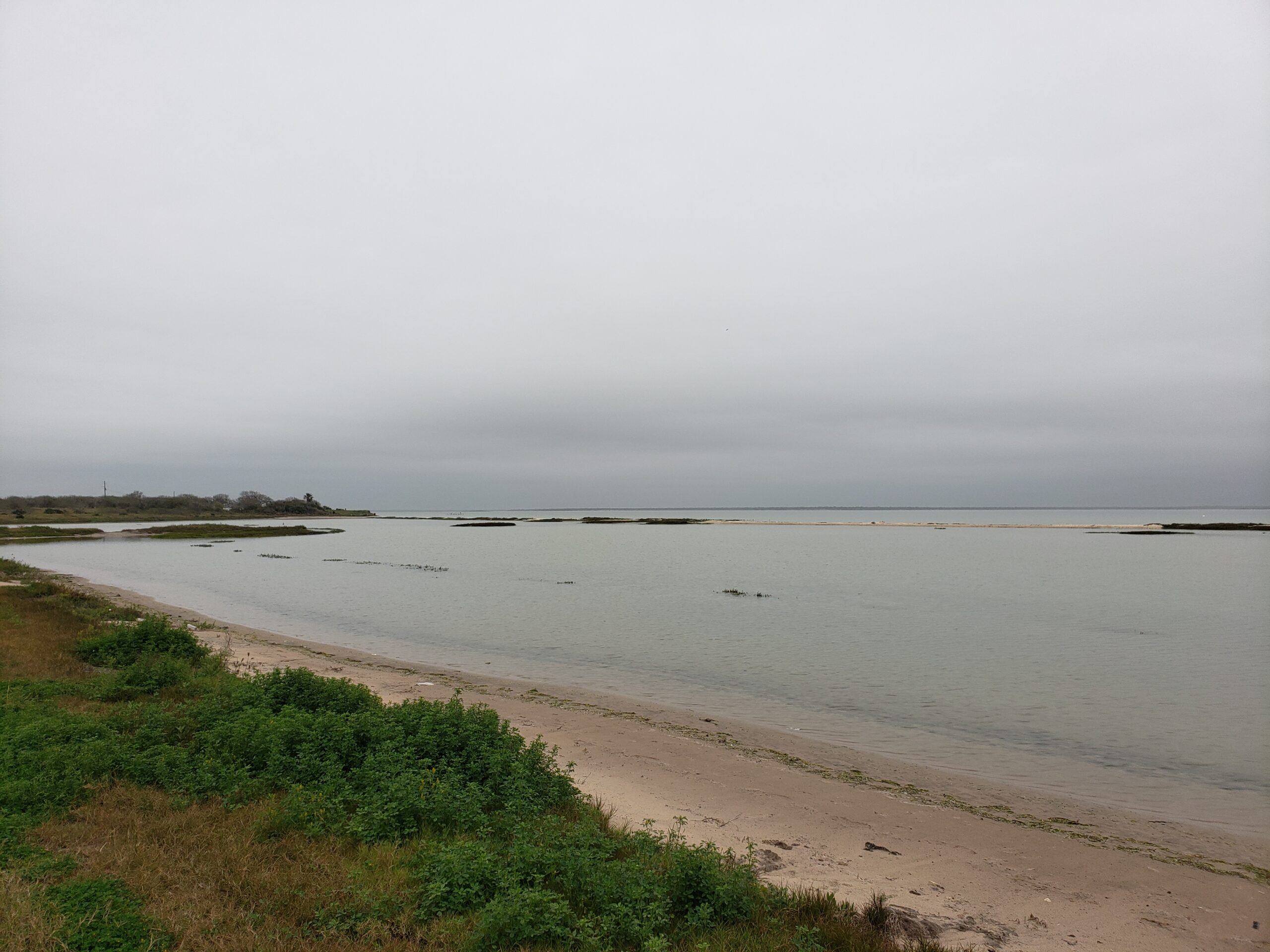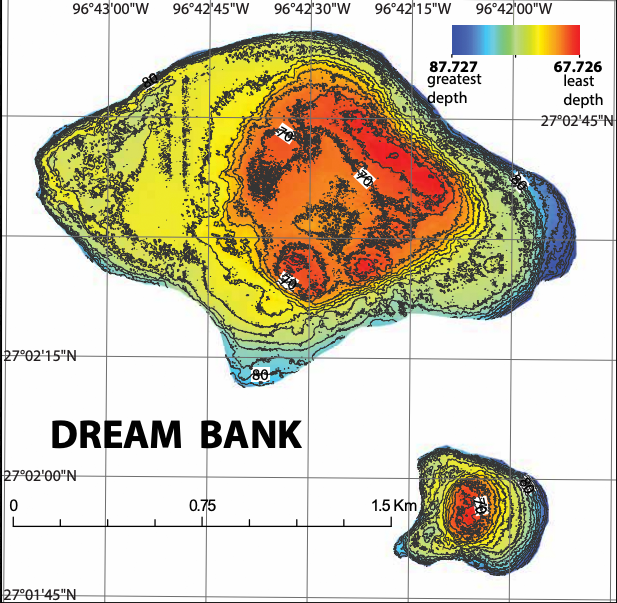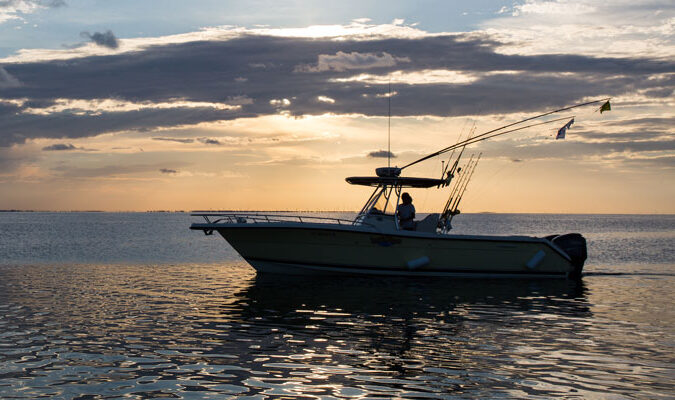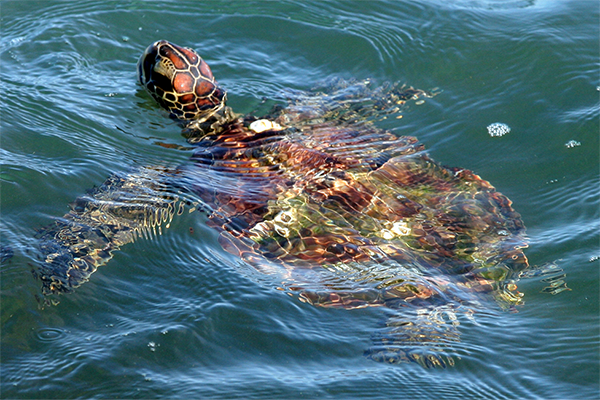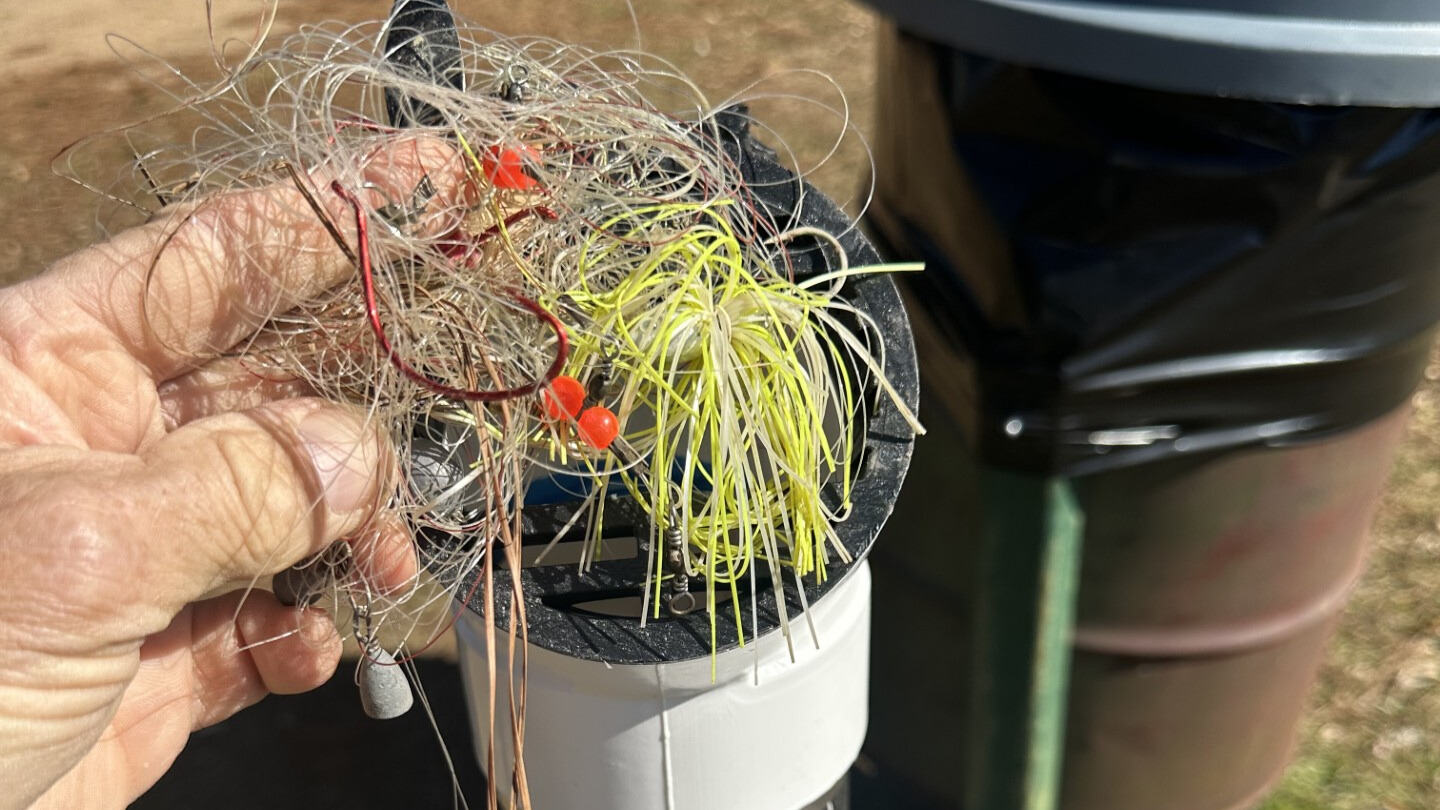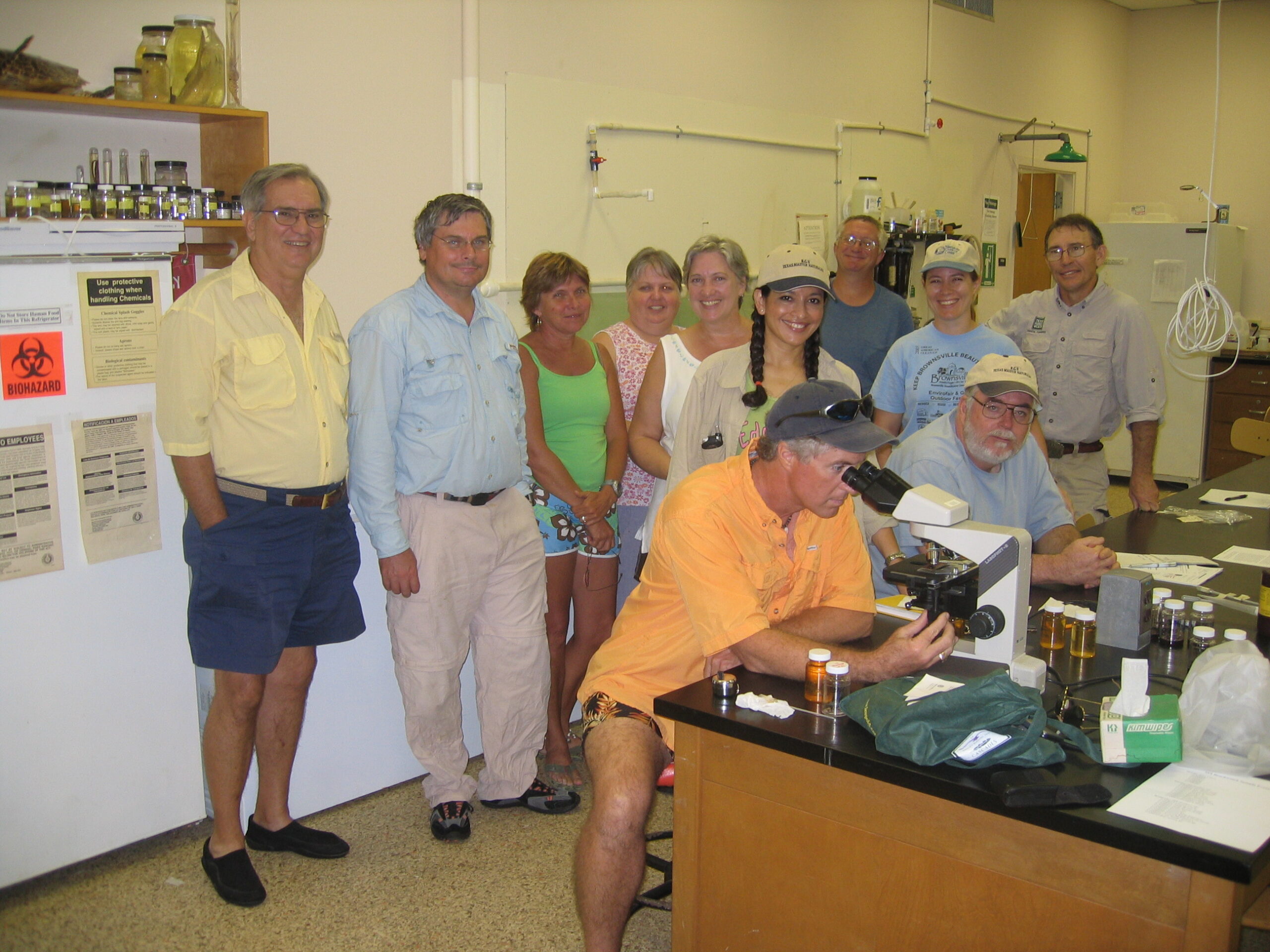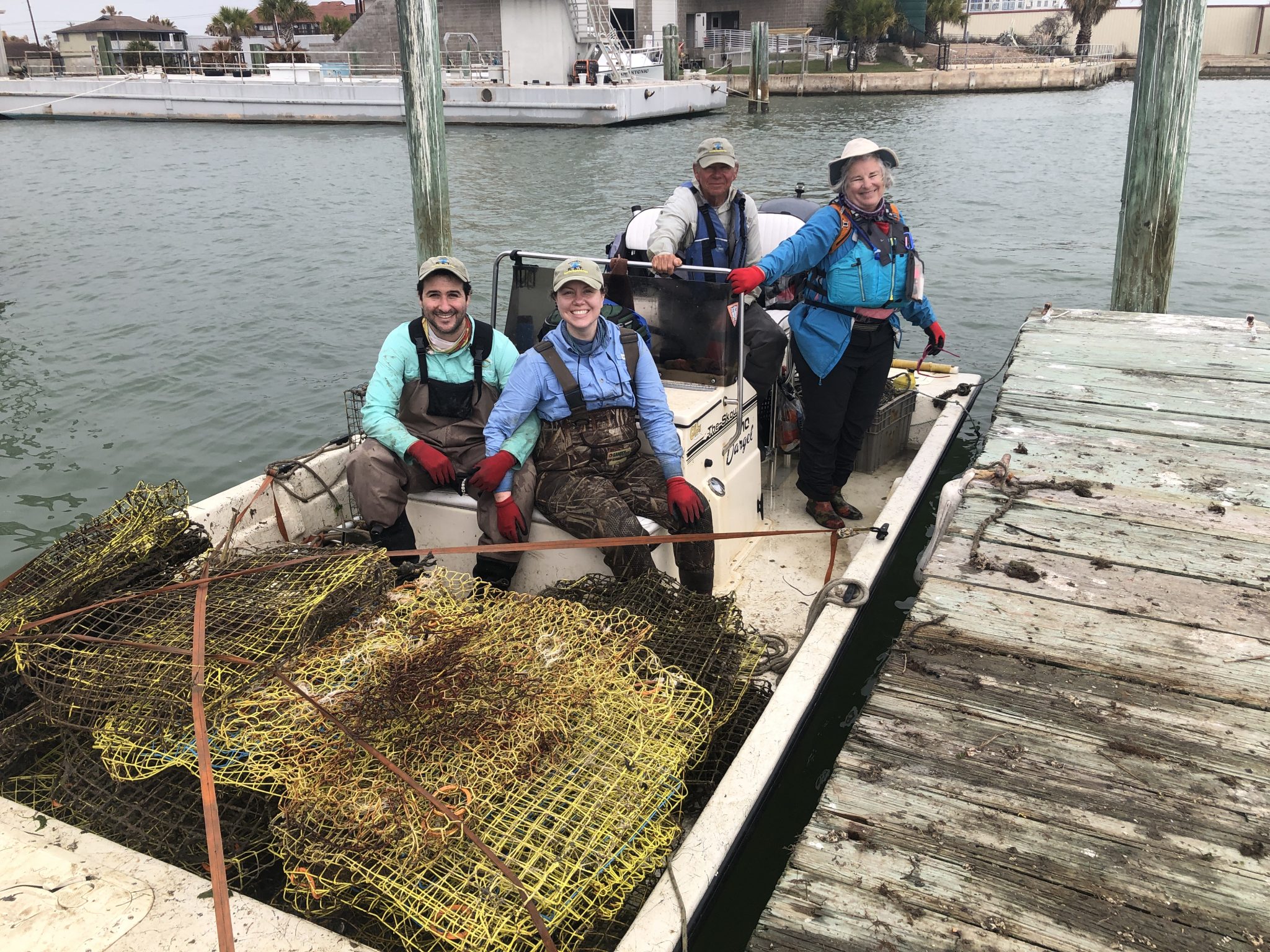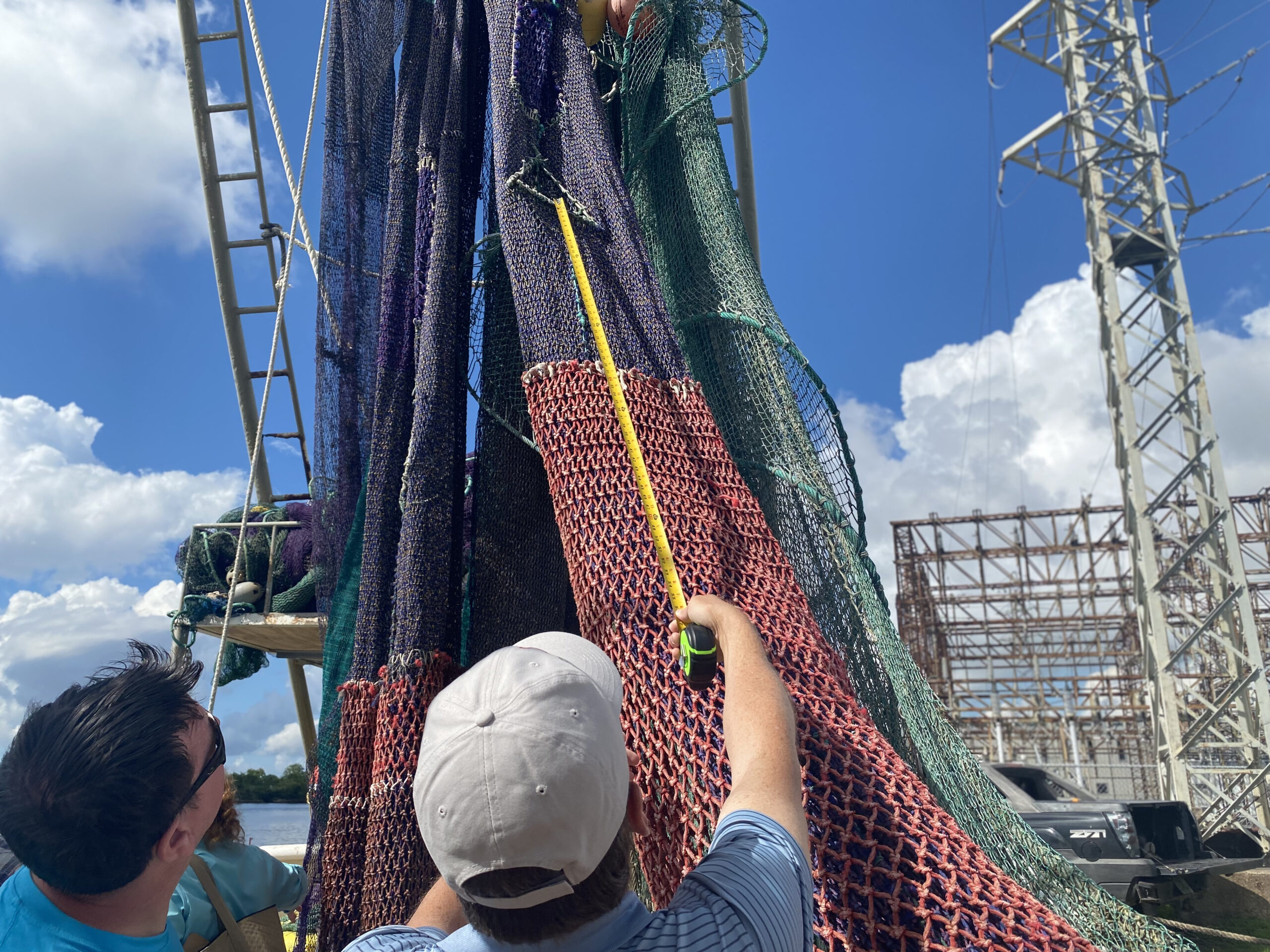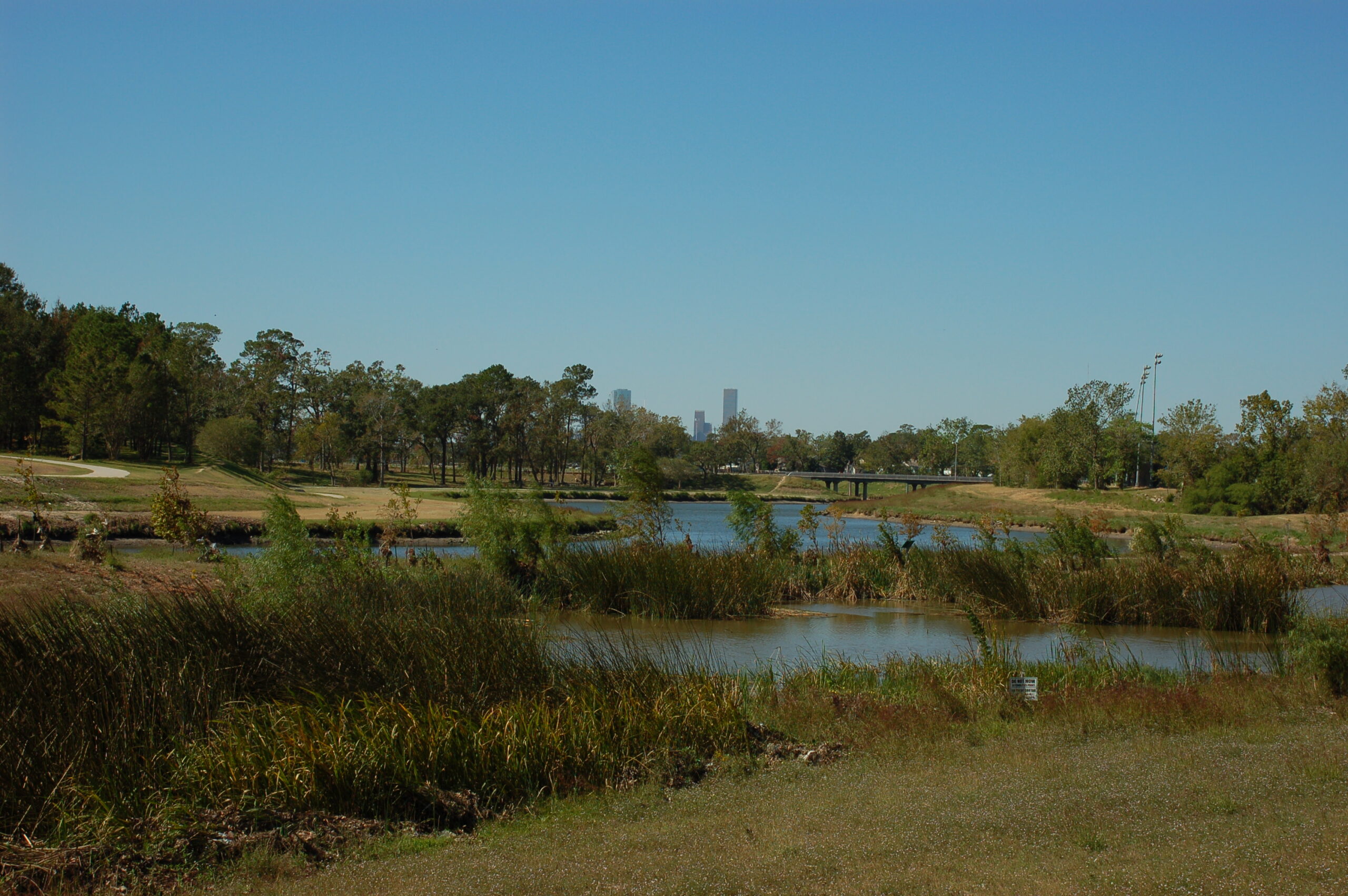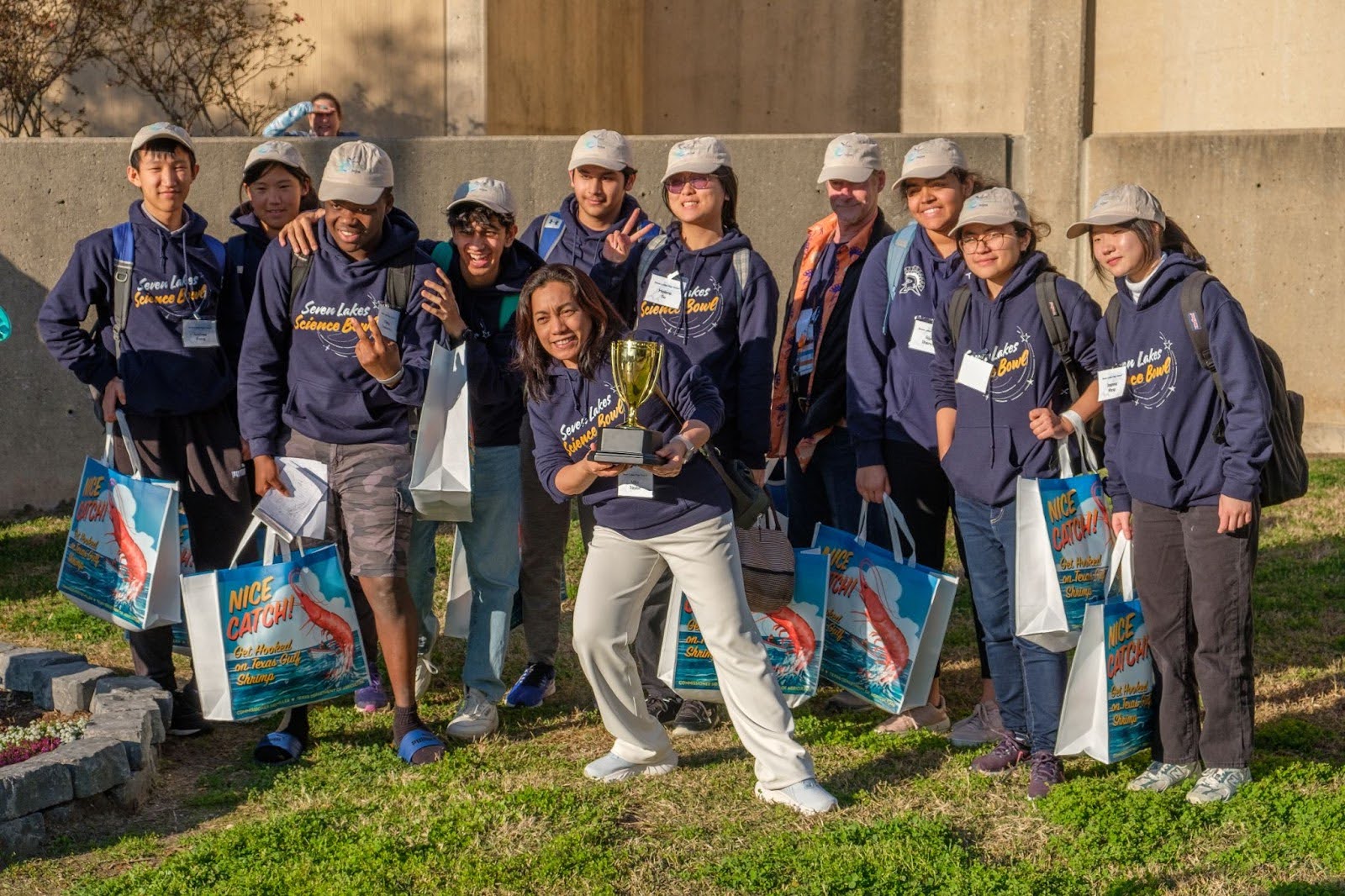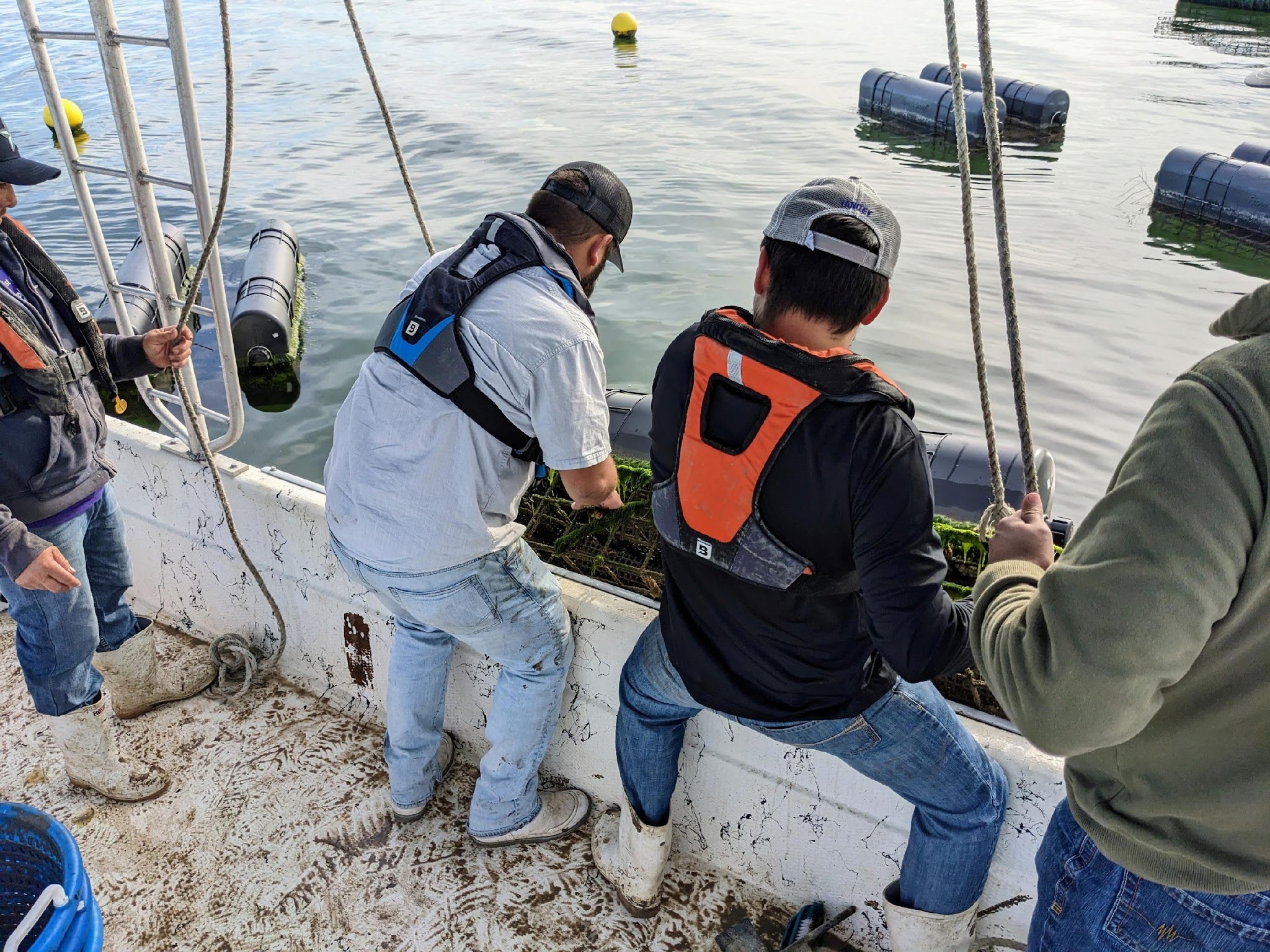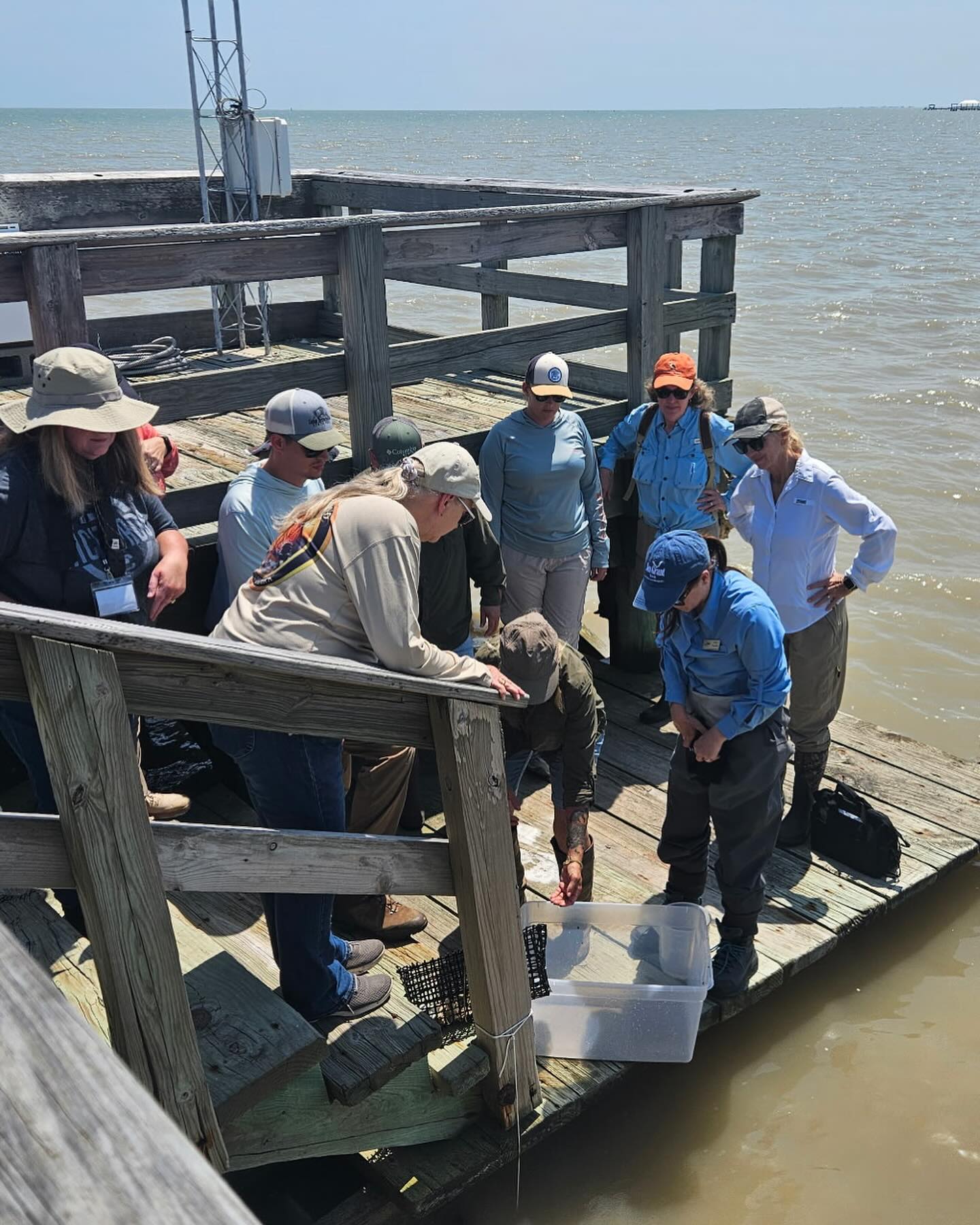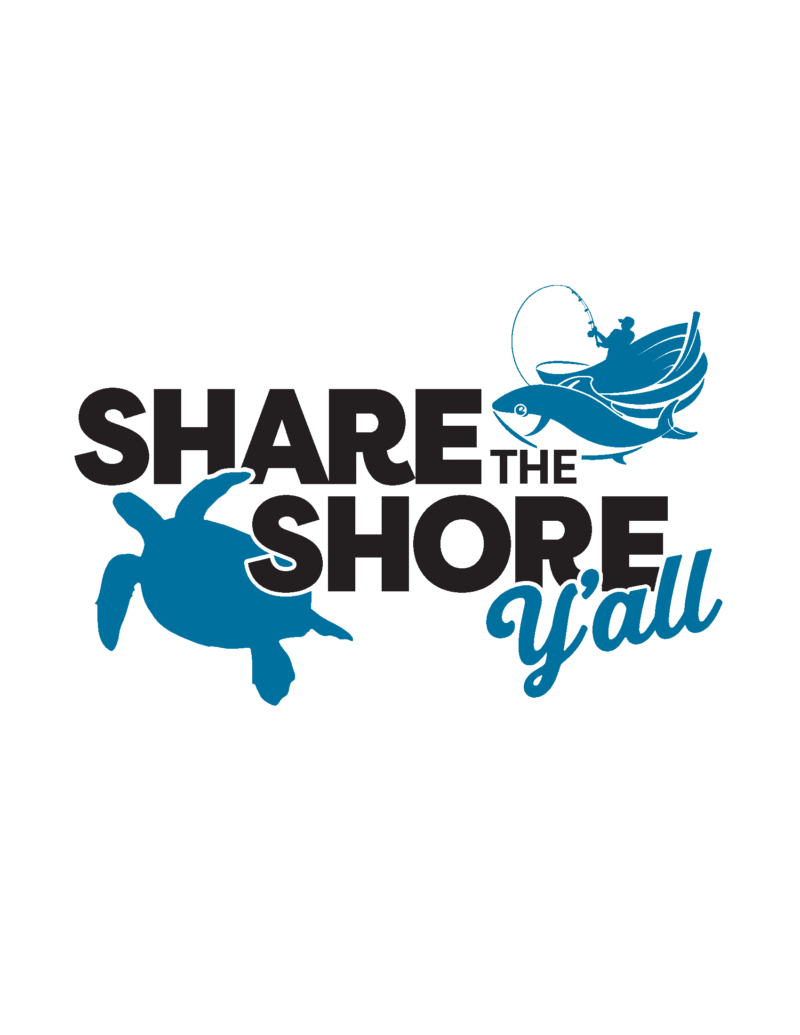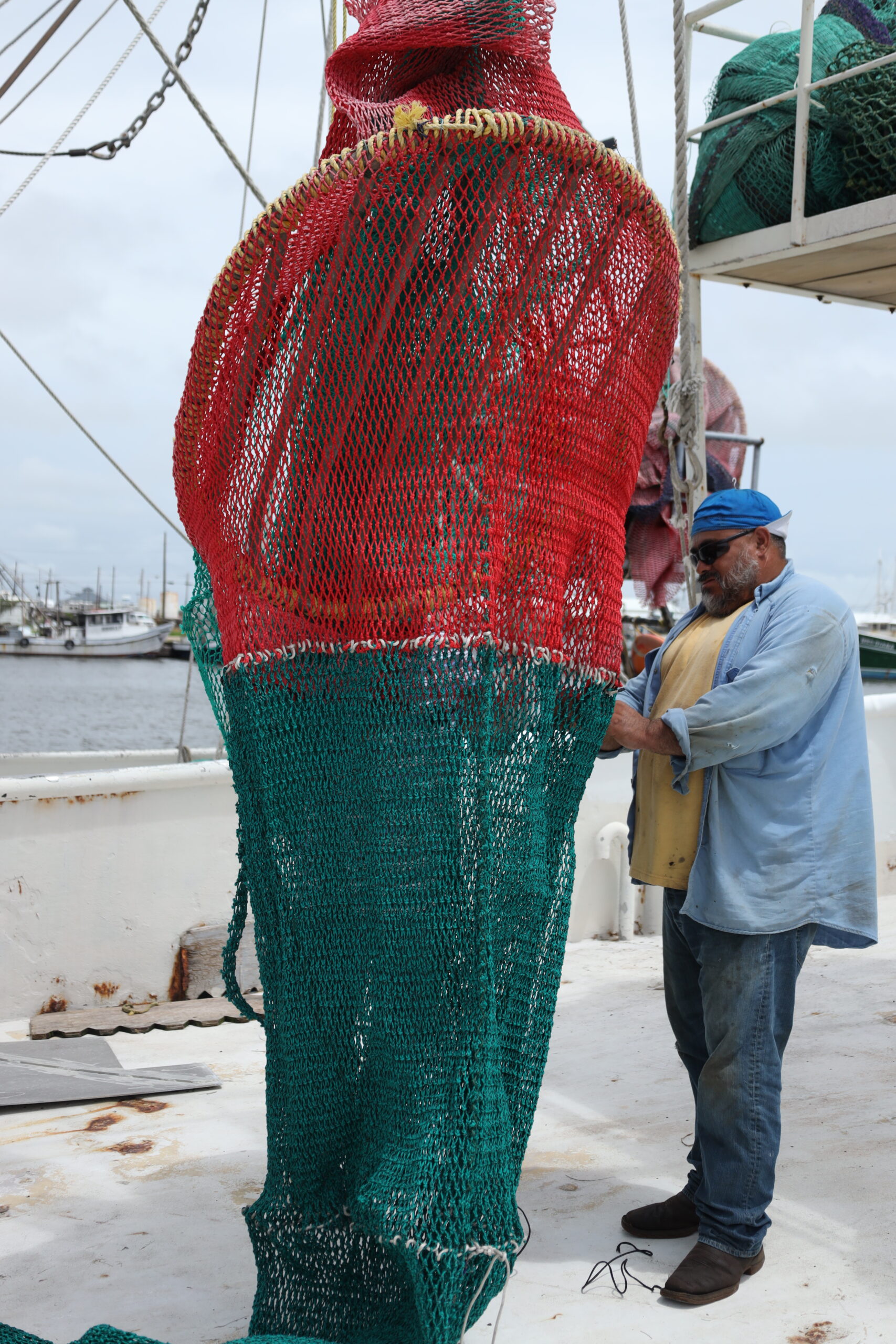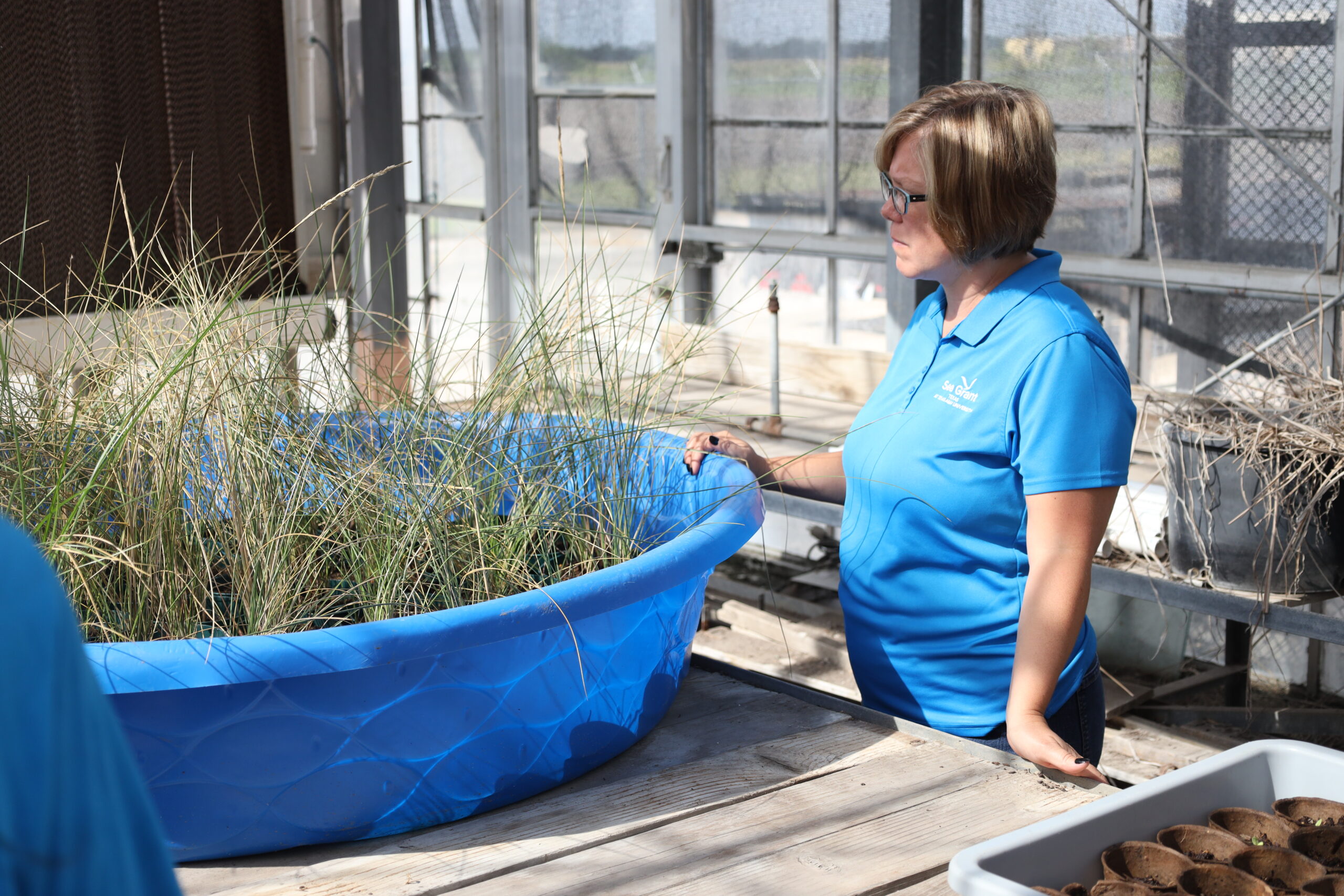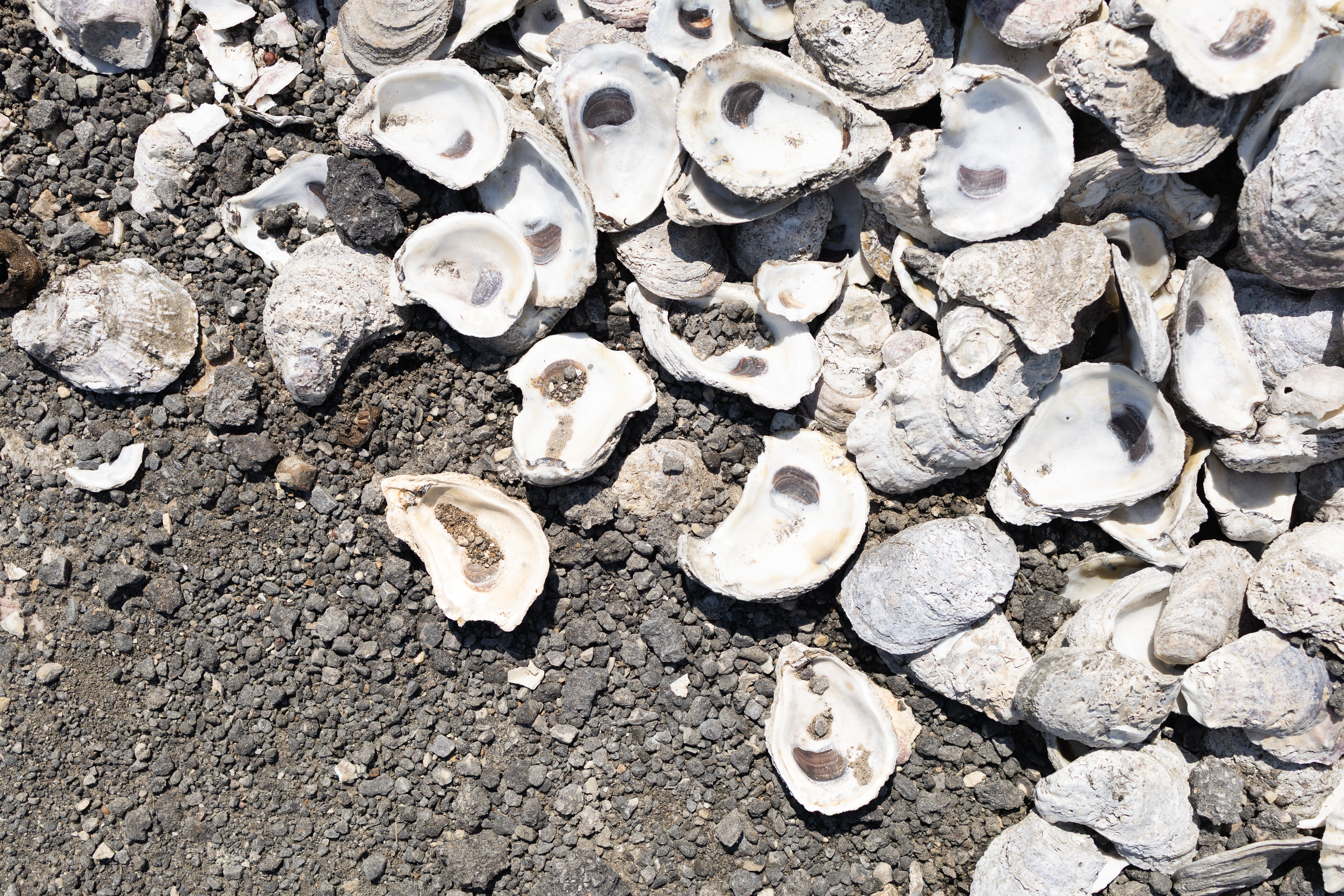Healthy Coastal Ecosystems
Texas Sea Grant plays a vital role in supporting Healthy Coastal Ecosystems (HCE) by addressing critical coastal and marine environmental issues in Texas. The program focuses on maintaining and restoring the health of coastal ecosystems, which are essential for biodiversity, water quality, and the economic vitality of the region.
Healthy coastal ecosystems, sustained by their surrounding watersheds, are the foundation of life along the Gulf Coast. Keeping coastal ecosystems healthy is a challenge because of the diversity of stressors each system faces. This is further complicated because ecosystems do not adhere to traditional political boundaries. Responsible management of these systems requires new kinds of thinking and actions, often termed ecosystem-based management. Ecosystem-based approaches require unprecedented levels of coordination among federal, state and local jurisdictions and the active engagement of the people who live, work and play along our coast. They also require understanding of the characteristics of species, landscapes and their interactions within each ecosystem.
In general, increasingly rapid development of the built environment, greater demands on fisheries resources, climate change and other human activities are leading to water quality degradation, increased demands on water supplies, changes to fisheries stocks, wetlands loss, proliferation of invasive species and a multitude of other environmental impacts. It is essential for decision-makers to understand the interconnectedness and interactions of these systems in order to maintain vital habitats and inform restoration efforts within ecosystems and watersheds.
Programs
Baffin Bay supports some of the highest recreational and commercial fishery landings in Texas. It also contains critical habitat for migratory birds and other wildlife and is surrounded by a thriving agricultural community.
Texas Sea Grant has supported the development of several bathymetric maps of the northwestern Gulf of Mexico that integrate diverse historic bathymetric data collected between 1930 and 2003 by the NOAA/ U. S. Coast Survey. These data include NOAA Coast Survey multi-beam bathymetric data collected over large areas of the Outer Continental Shelf in 1988-1993.
Experienced fishing guides along the Texas coast are often the first to notice changes in coastal ecosystems, yet their insights are rarely captured in formal data. To change this, a project launched in 2021 began with partnerships within the recreational fishing industry. What started with seven has grown to twelve fishing guide captains as of 2023. These twelve captains now report environmental changes across Texas bays, from Galveston to the Lower Laguna Madre.
The mobile app, iSeaTurtle, was created to encourage and involve citizens to contribute to sea turtle science. If you see a sea turtle in the water, you can send their location to us through the app. Reports of sea turtle sightings sent through the app will provide important data to scientists at Texas A&M University to map and understand the distribution of sea turtles in Texas waters.
The Texas Monofilament Recovery and Recycling Program (MRRP) is coordinated by the Texas Sea Grant College Program. It is a statewide, volunteer-led effort to reduce monofilament in the environment.
The Red Tide Rangers, a dedicated volunteer group formed and trained by Texas Sea Grant, monitor Texas coastal waters for the presence of harmful algal blooms (HABs), such as the red tide caused by the dinoflagellate Karenia brevis.
Texas Sea Grant and the Texas Master Naturalist Program are partnering to strengthen conservation and environmental education statewide. By supporting volunteers with training and resources, the collaboration boosts local outreach, habitat restoration, and stewardship efforts.
Since 2002, the Abandoned Crab Trap Removal Program has helped protect marine habitats by removing derelict traps during a 10-day closure led by Texas Parks and Wildlife. These efforts prevent ghost fishing and reduce damage to sensitive areas like seagrass beds.
The Better BRDs project, led by NOAA Fisheries and Sea Grant partners, works to restore fish populations impacted by the Deepwater Horizon spill by testing improved bycatch reduction devices. The goal: support shrimpers with gear that balances conservation and fishery sustainability.
Coastal communities face growing threats from flooding, storms, habitat loss, and water quality issues. Smaller towns are especially vulnerable, often lacking the resources and expertise to plan for and respond to these challenges.
The Dolphin Challenge is a regional ocean science competition in Galveston that brings Texas high school teams together for a fast-paced quiz bowl. Focused on marine science and ocean literacy, the event inspires students to explore careers in marine and environmental fields, with winners advancing to the national NOSB.
Texas’s oyster industry has struggled with harvest closures, impacting coastal communities. The Cultivated Oyster Mariculture Program offers a sustainable solution—training harvesters in oyster farming, supporting new businesses, and revitalizing the local seafood economy.
The Mid-Coast Texas Master Naturalist Oyster Gardening Pilot is a volunteer-led effort to restore oyster habitats along the Texas coast. Participants grow juvenile oysters in cages for conservation—not consumption—supporting marine stewardship, coastal resilience, and hands-on education in partnership with Texas Sea Grant and others.
Marine debris is a major challenge along Texas coastlines, where trash accumulates at significantly higher rates than in many other Gulf and U.S. regions. This pollution harms wildlife through ingestion and entanglement and affects the health, safety, and beauty of our beaches and waterways—threatening both ecosystems and the enjoyment of coastal spaces for everyone.
Texas Sea Grant’s Share the Shore, Y’all program, launched in 2023, helps reduce sea turtle injuries by educating anglers on safe fishing practices. The project engaged hundreds of anglers, developed targeted outreach materials, and identified key areas for future conservation efforts.
The Small Bar TED Project works to enhance turtle excluder devices in Gulf shrimp trawls by testing smaller bar spacing that better protects juvenile sea turtles without impacting shrimp catch. In close partnership with shrimpers, the project balances effective conservation with the practical needs of the industry, helping support both sea turtle recovery and fishery sustainability.
Plan-It Marsh and Plan-It Dunes are student-driven habitat restoration projects along the Texas coast that build STEM skills while restoring marsh and dune ecosystems. By planting native vegetation, students help create resilient shorelines and lasting educational sites for coastal communities.
Testing alternatives to plastic in oyster reef restoration while engaging underserved communities and restoration practitioners across Texas and Florida.

Programs in your region
Learn about the programs, events, and activities happening in your area to support healthy coastal ecosystems. Extension agents and specialists serve all coastal counties in Texas.
HCE News
Contact Us

Laura Picariello
Director, Texas Sea Grant College Program- lpicariello@tamu.edu
- (979) 845-3902
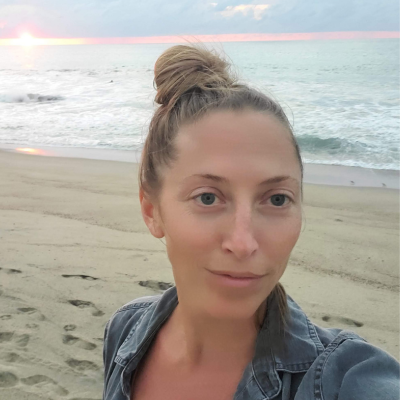
Christine (Chris) Hale
Director, Extension Corpus Christi, Texas- chris.hale@tamu.edu
- 361-825-6215
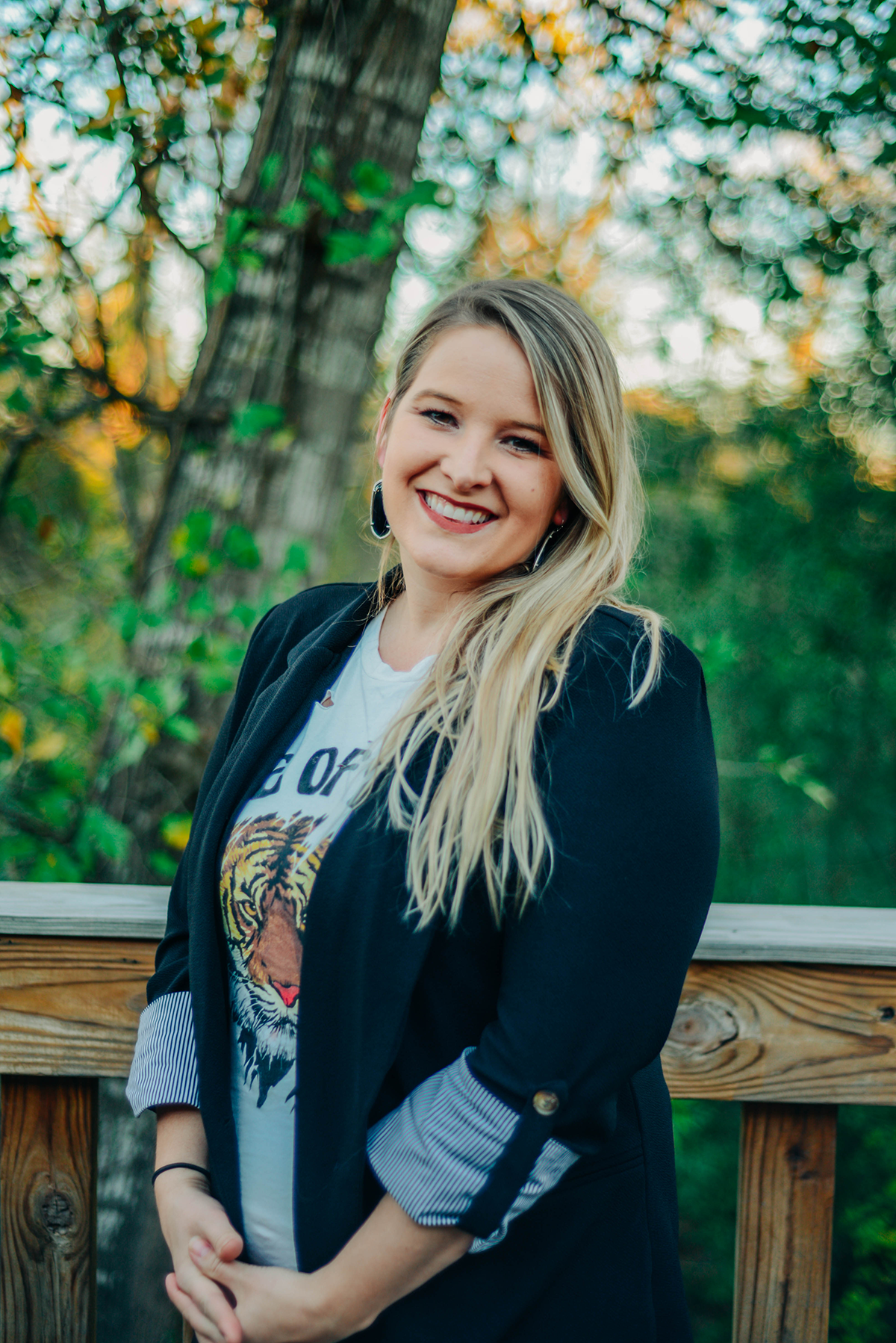
Megan Towery
Communications Director Texas Sea Grant Texas A&M University College Station, Texas- megantowery@tamu.edu
- (979) 845 -1245

